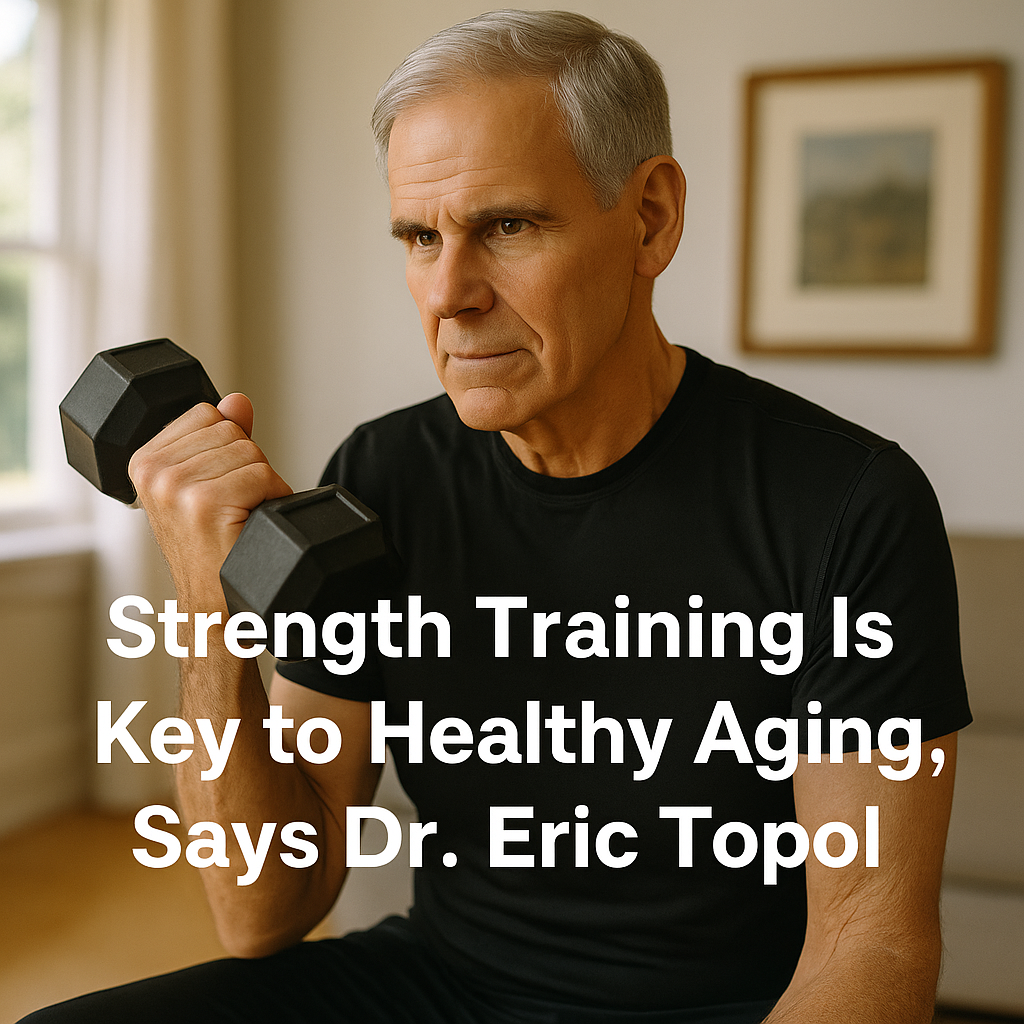Forget Blue Zones for a moment — meet the “Super Agers”: a remarkable group of people aged 80 and older who are defying time not through genes, but through lifestyle.
Dr. Eric Topol, a cardiologist and longevity researcher, studied over 1,400 healthy adults aged 80+ for more than six years in preparation for his latest book, Super Agers: An Evidence-Based Approach to Longevity.
What he discovered surprised him.
“When I started, I thought genetics would be the key,” Topol said. “But these super agers didn’t share major genetic traits. Their secret? Lifestyle — and especially exercise.”
The #1 Longevity Habit: Exercise
Among all the interventions studied — from diet to social engagement — exercise stood out as the most powerful predictor of healthy aging.
“Exercise is the only intervention that slows the body-wide aging clock,” Topol emphasized. “It appears to influence how rapidly we age at a cellular level.”
While aerobic activity has long been recommended, Topol admitted he overlooked the power of strength training:
“That was a mistake. The evidence for resistance training is overwhelming — and I’ve changed my approach because of it.”
Why Strength Training Matters More Than Ever
Recent research shows that strength training doesn’t just build muscle — it:
- Boosts brain function and memory
- Improves bone density and balance
- Reduces fall risk and fracture rates
- Enhances metabolic function and insulin sensitivity
- Improves sleep and combats insomnia
A Harvard study even found that men in midlife who could do 20+ push-ups had a significantly lower risk of heart disease.
Dr. Florence Comite, a precision medicine physician, calls muscle-building the modern “fountain of youth,” emphasizing its role in blood sugar control and preventing age-related muscle loss (sarcopenia).
Minimal Time, Major Results
The best part? You don’t need a gym membership or daily two-hour workouts. Just 30 to 60 minutes of resistance training per week can lower your risk of early death from all causes by 10% to 20%.
Examples include:
- Bodyweight exercises (squats, lunges, push-ups, planks)
- Resistance bands or dumbbells
- Functional training using household objects
- Balance-enhancing movements
Topol’s own routine now includes:
- 1-hour strength sessions 3× per week, or
- 30-minute workouts 4–5× weekly, including core, balance, and mobility work
“I’m stronger now than I’ve ever been,” Topol said. “If I’m going to be old, I’d rather be strong and old.”
Conclusion: Muscle is Medicine
As the science continues to mount, it’s becoming clear: muscle isn’t just about aesthetics — it’s longevity infrastructure.
If there’s one thing that links Super Agers from different walks of life, it’s not a gene mutation or obscure supplement — it’s movement, strength, and consistency.
Aging well may be less about fighting time and more about working with it — rep by rep, set by set.



